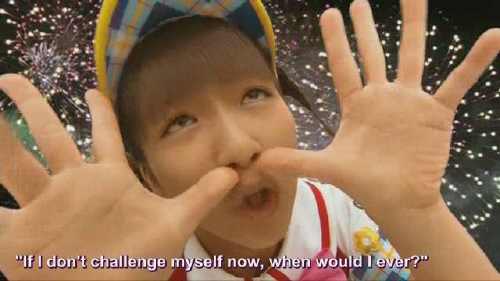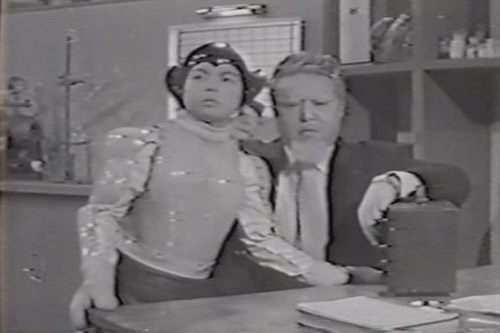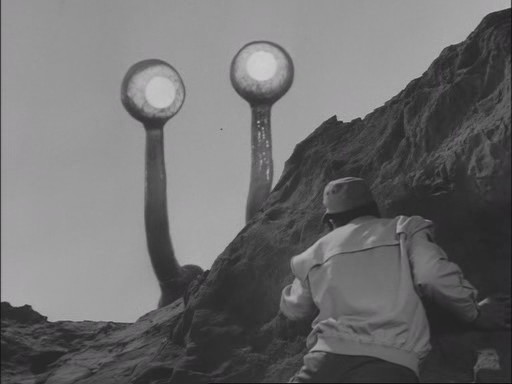Mini Moni the Movie: The Great Cake Adventure!
aka Mini Moni ja Movie: Okashi na Daibouken!

2002![]()
Directed by Shinji Higuchi

What in the name of all that is holy did I just watch?
This film is BONKERS! Members of the JPop group Mini Moni work at a bakery, and get turned into cartoon characters who have to fight an evil queen who hates cake. It’s full of trippy musical numbers, CGI weirdness, and more sugar than Frosted Flakes. And, like Frosted Flakes, it is part of a complete breakfast and is GRRRRRR-reat! First we’ll try to explain Mini Moni and JPop groups from the Hello! Project in general, and then jump into the film.

Mini Moni is a spinoff of Morning Musume, one of the biggest rotating lineup girl bands in Japan. Morning Musume is the flagship group of the Hello! Project, which is responsible for unleashing hordes of JPop singing super cute acting Japanese girls upon the nation. The juggernaut Hello! Project contributed most of the cast of Yo-Yo Girl Cop and contributes the entire cast here. Besides this being an excuse to explain the departure of one member of Mini Moni and the joining of another, the movie also introduces a new underage group named 4KIDS, the four members (Sugaya Risako, Hagiwara Mai, Suzuki Airi, Sudou Maasa)would later become members of Berryz Kobo and °C-ute. I am not making any of these band names up. (Sugaya and Sudou are now members of Berryz Koubou; Suzuki and Hagiwara are members of C-ute. )
Mari Yaguchi had an idea in 2000 for a subgroup whose members were 1.5 meters (4 ft 11 inches) in height or shorter, and they soon picked up Ai Kago and Nozomi Tsuji to join. The fourth member was Mika Todd, who is not native Japanese and was added to give them some international flavor. Mini Moni gained some notoriety for acting crazy during their media gigs, including grabbing people’s butts. They are also popular on the internet for their show being the source of the Dramatic Chipmunk image. The group eventually disbanded in 2004. A great loss to the music world, indeed.

Here, we have an adventure where Mini Moni is turned into little CGI girls, meet magic fairies, fight an evil queen who hates cake, befriend a refrigerator, and try to get back to their bakery in time for it’s second anniversary. So basically it is the Gone of the Wind of the JPop world. And it’s insane. Completely insane. Get a bucket, your brain will melt.


































